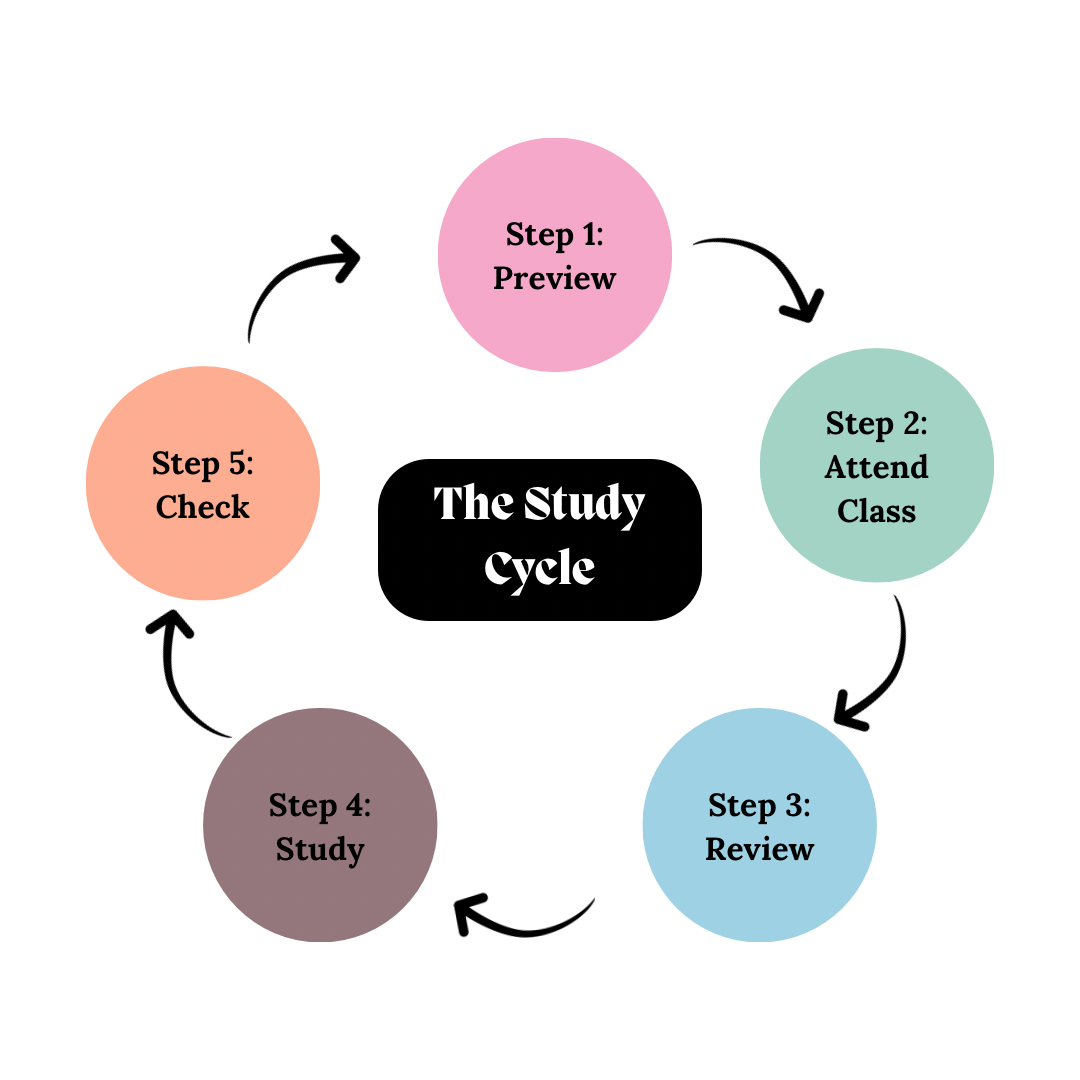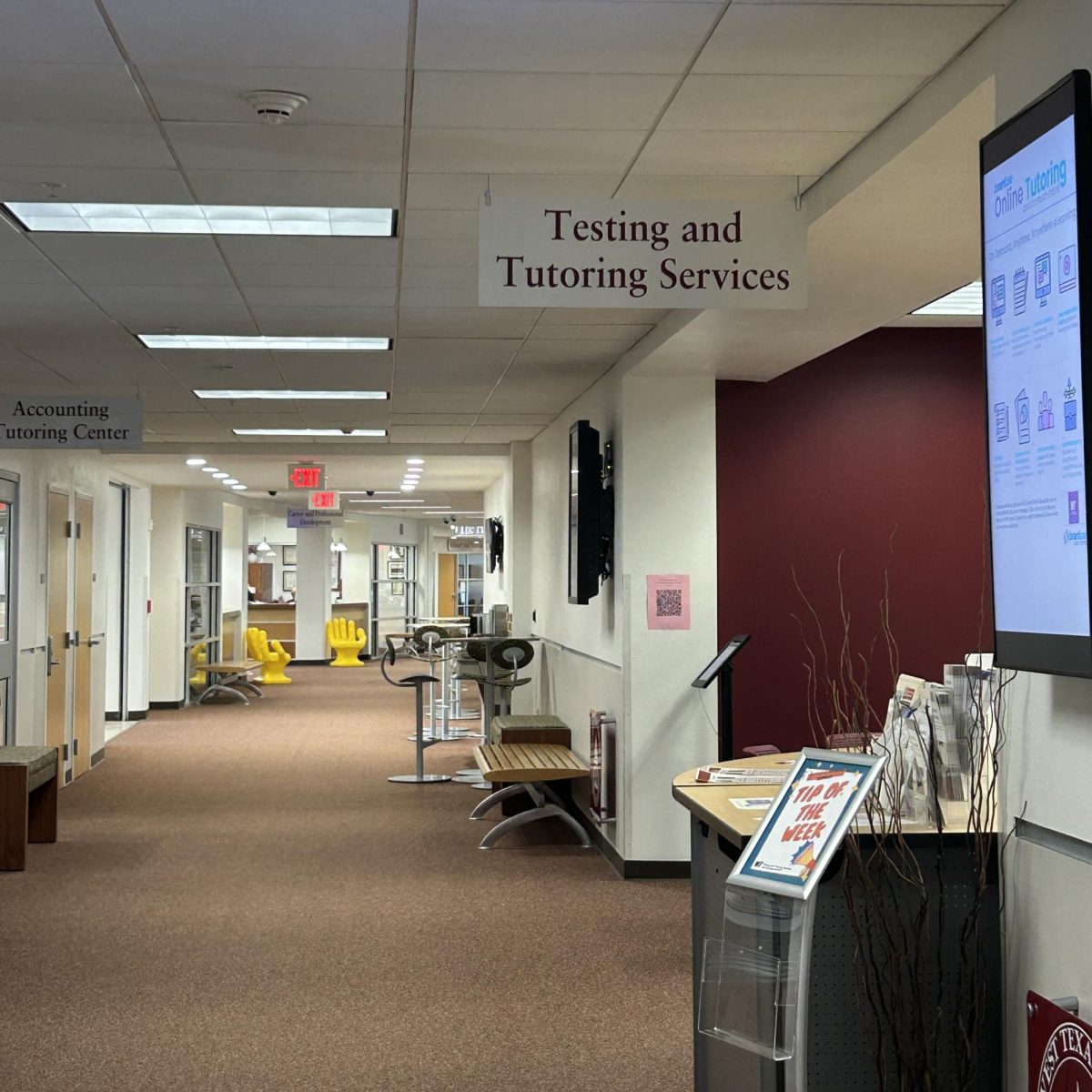With midterms and finals right around the corner, students need to perfect their study habits. How and where students study heavily impacts the information they retain.
An article by the University of North Carolina at Chapel Hill (UNCCH) shares some great study tips for students. Some tips they suggest are figuring out what space and sound work best for the student, reconsidering multitasking, using academic resources and utilizing the study cycle method adapted from Frank Christ’s Planned Learning Review System (PLRS) by the LSU Center for Academic Success that Saundra McGuire discussed in her book Teach Yourself How to Learn.
The space that a student chooses to study in can heavily impact their study time. If a place is too loud or quiet, this can affect the student’s focus level. Sometimes, sitting in the library can be nice because it offers a level of calm with little to no distractions. However, some students cannot handle how quiet a library is so they might study at home, with friends or with music in the background.
Sometimes, music might distract students, and so can multitasking. Students should ideally limit distractions when studying, so they should opt for turning the TV show off when looking over materials and readings. UNCCH recommends that students who do not need to use a computer to study should not use it; it can cause more distractions than usefulness. They also recommend turning phones off to reduce temptations.
Utilizing academic resources like the study centers on campus is a good way to hold students accountable and ensure they do not have distractions. West Texas A&M offers four academic resource centers for students on campus: the accounting tutoring center, the math tutoring center, the science tutoring center and the writing center, which is also available for students to submit papers online. WT also offers the Tutoring Assistance Program (TAP). TAP can assign students to a tutor based on their specific needs and subject.
The last tip UNCCH gives is for students to follow the study cycle. The study cycle steps are preview, attend classes, review, study and check. Step one is to preview any pre-class assignments and readings, even if the student only skims the headings and introductions to the in-class assignments. The next step is to attend classes, not just be there physically but also mentally. Students increase their odds if they participate in class and are attentive in class. This is when students learn what information will be on the test, what information needs to stand out and what they should focus on for their study session. This is also when they can take notes to use for studying.
After class, students should complete the third step in this study cycle: reviewing class material and notes. The sooner the student reviews the material, the better. By reviewing material and notes, students can determine whether there are any gaps in their notes or if they have any questions they should get answered before the test. Repeatedly reviewing the material will increase the student’s chance of retaining the information. After students review, they will then move into the study phase. Study sessions should be repetitive, meaning they should try to be at the same time and length. Cornell Health suggests that students take study breaks from five to 60 minutes. Studying overtime is also called ‘distributed practice’ because studying in sessions is better than one big study cram. The last step of the study cycle is to check. This means making sure the way the student studies works. Students should check in with themselves to ensure their study methods are working and they retain the information.
Once the student completes all the steps in the study cycle, the end goal is that they have effectively studied and mastered the material. Students should follow the cycle steps while utilizing other study tips and methods.










